
How to Use XL63070: Examples, Pinouts, and Specs
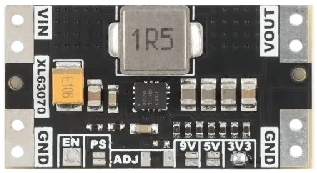
 Design with XL63070 in Cirkit Designer
Design with XL63070 in Cirkit DesignerIntroduction
The XL63070 is a high-performance, low-power operational amplifier (op-amp) designed for precision signal processing applications. It offers a wide bandwidth, low noise, and high slew rate, making it ideal for use in analog circuits requiring accurate and reliable signal amplification. The XL63070 is commonly used in audio processing, sensor signal conditioning, active filters, and instrumentation amplifiers.
Explore Projects Built with XL63070
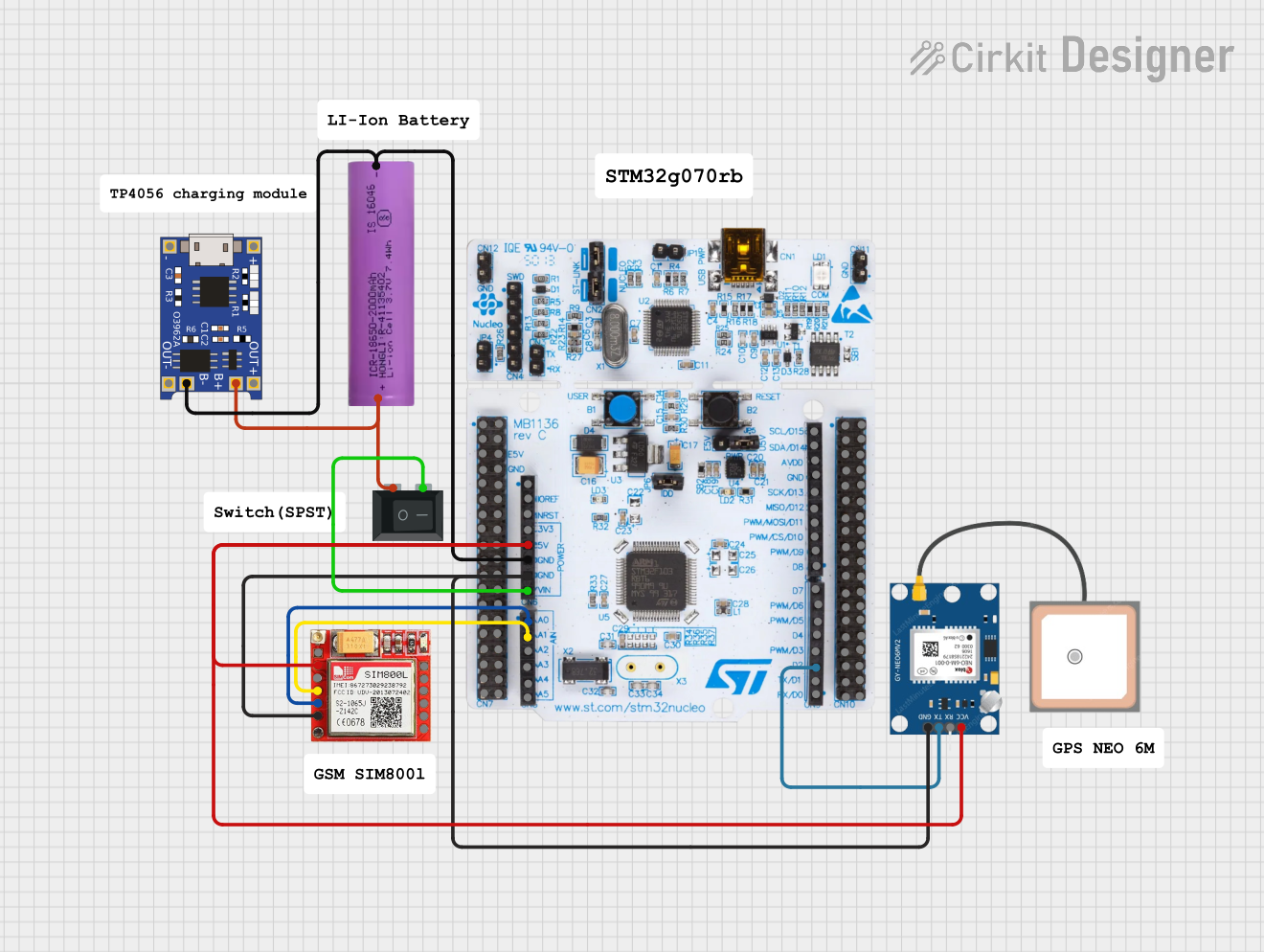
 Open Project in Cirkit Designer
Open Project in Cirkit Designer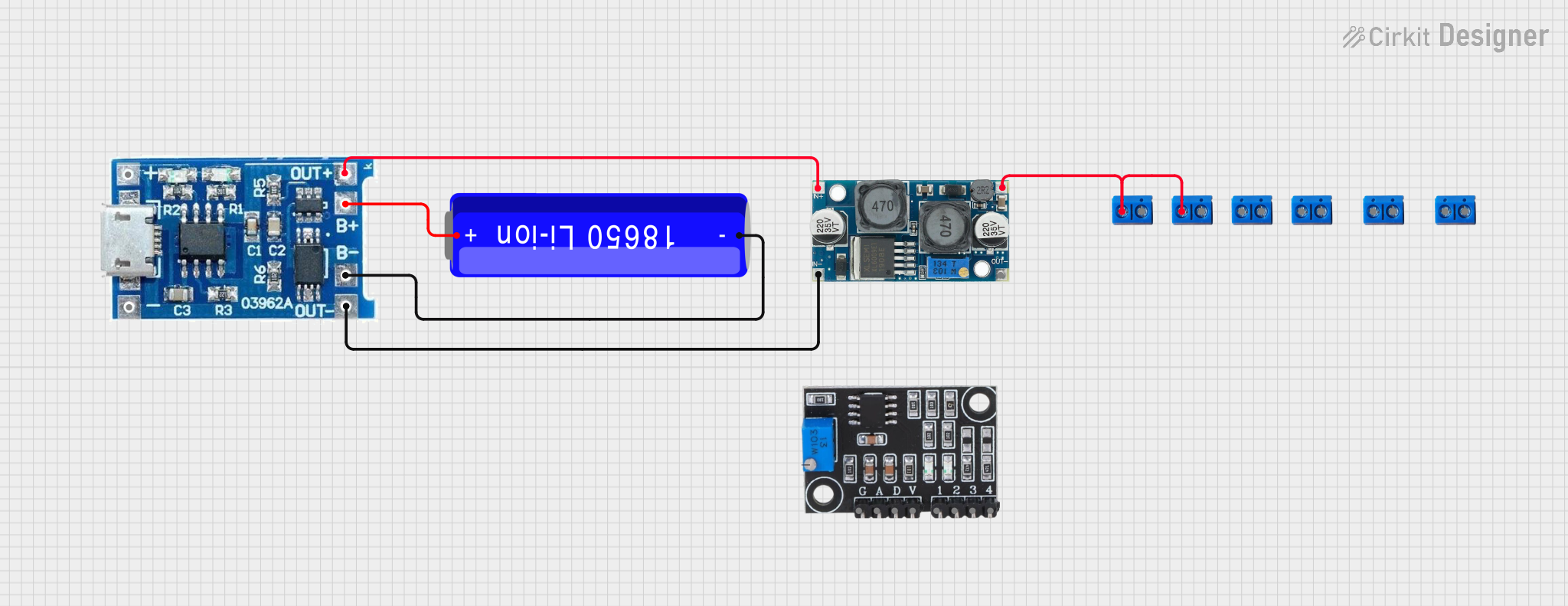
 Open Project in Cirkit Designer
Open Project in Cirkit Designer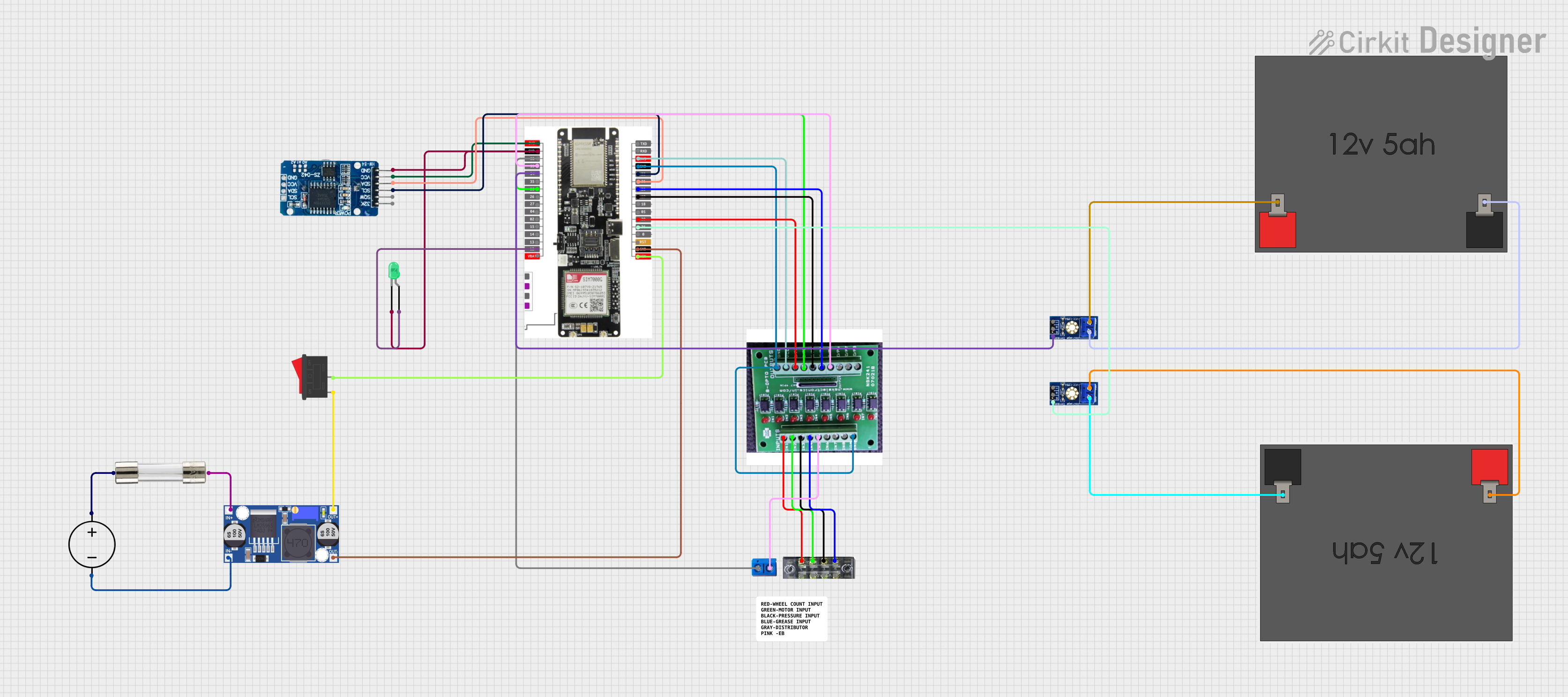
 Open Project in Cirkit Designer
Open Project in Cirkit Designer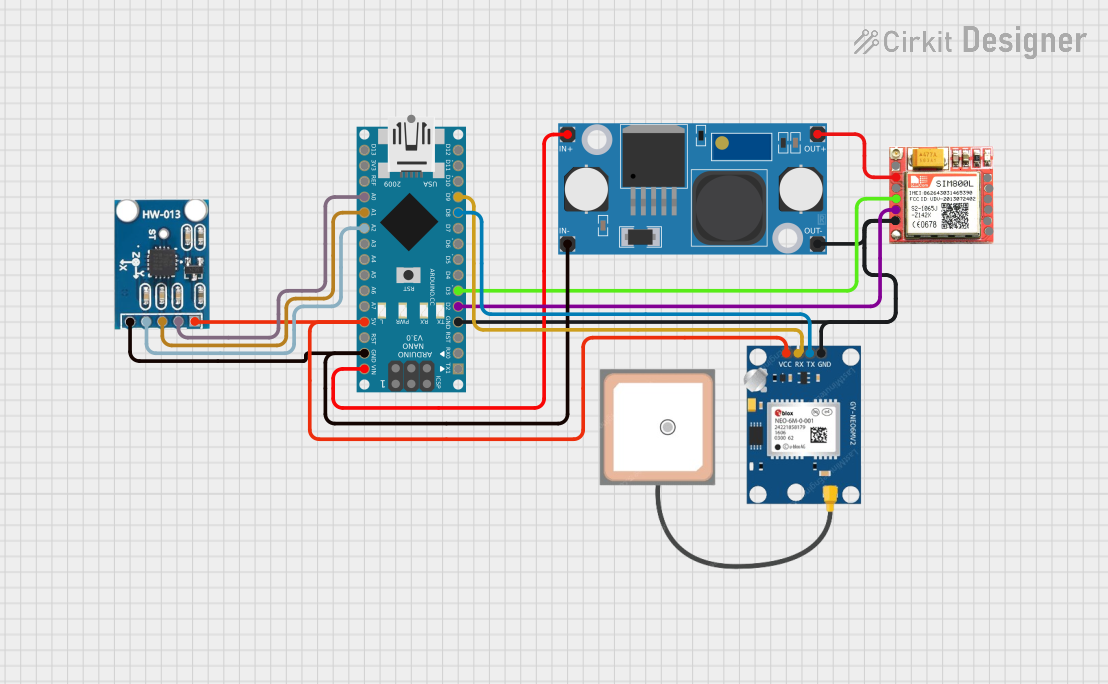
 Open Project in Cirkit Designer
Open Project in Cirkit DesignerExplore Projects Built with XL63070

 Open Project in Cirkit Designer
Open Project in Cirkit Designer
 Open Project in Cirkit Designer
Open Project in Cirkit Designer
 Open Project in Cirkit Designer
Open Project in Cirkit Designer
 Open Project in Cirkit Designer
Open Project in Cirkit DesignerCommon Applications:
- Audio signal amplification
- Sensor signal conditioning
- Active filters (low-pass, high-pass, band-pass)
- Instrumentation amplifiers
- Analog-to-digital converter (ADC) buffering
- Precision voltage reference circuits
Technical Specifications
The XL63070 is designed to meet the needs of high-precision analog applications. Below are its key technical specifications:
| Parameter | Value |
|---|---|
| Supply Voltage Range | ±2.5V to ±15V (dual supply) |
| Input Offset Voltage | 0.5 mV (typical) |
| Input Bias Current | 10 nA (typical) |
| Gain Bandwidth Product | 10 MHz |
| Slew Rate | 5 V/µs |
| Input Noise Voltage | 4 nV/√Hz |
| Output Voltage Swing | ±(Vcc - 0.2V) |
| Operating Temperature Range | -40°C to +85°C |
| Package Options | SOIC-8, DIP-8 |
Pin Configuration and Descriptions
The XL63070 is typically available in an 8-pin package. Below is the pinout and description:
| Pin Number | Pin Name | Description |
|---|---|---|
| 1 | Offset Null | Used for offset voltage adjustment (optional) |
| 2 | Inverting Input (-) | Inverting input terminal for the op-amp |
| 3 | Non-Inverting Input (+) | Non-inverting input terminal for the op-amp |
| 4 | V- (GND) | Negative power supply or ground |
| 5 | Offset Null | Used for offset voltage adjustment (optional) |
| 6 | Output | Output terminal of the op-amp |
| 7 | V+ | Positive power supply |
| 8 | NC (No Connect) | Not connected internally |
Usage Instructions
The XL63070 is versatile and can be used in a variety of circuit configurations. Below are general guidelines for using the component:
Basic Circuit Configuration
To use the XL63070 in a basic amplifier circuit:
- Connect the power supply pins (V+ and V-) to the appropriate voltage levels. For example, ±12V for dual-supply operation or 0V and +5V for single-supply operation.
- Connect the input signal to the inverting (-) or non-inverting (+) input, depending on the desired configuration (e.g., inverting or non-inverting amplifier).
- Use appropriate feedback resistors to set the gain of the amplifier.
- Connect the output pin to the load or the next stage of the circuit.
Important Considerations
- Power Supply Decoupling: Place decoupling capacitors (e.g., 0.1 µF ceramic and 10 µF electrolytic) close to the power supply pins to reduce noise and ensure stable operation.
- Offset Adjustment: If precise offset voltage adjustment is required, connect a potentiometer between the offset null pins (1 and 5) and adjust as needed.
- Input Impedance: Ensure the input impedance of the circuit matches the requirements of the connected signal source to avoid signal distortion.
- Thermal Management: Operate the XL63070 within its specified temperature range to prevent thermal damage.
Example: Connecting XL63070 to an Arduino UNO
The XL63070 can be used to amplify an analog signal before feeding it into an Arduino UNO's ADC. Below is an example of a non-inverting amplifier configuration:
Circuit Description:
- The input signal is connected to the non-inverting input (+) of the XL63070.
- A voltage divider (R1 and R2) sets the gain of the amplifier.
- The output of the XL63070 is connected to an analog input pin (e.g., A0) of the Arduino UNO.
Arduino Code Example:
// Example code to read an amplified signal from XL63070 using Arduino UNO
const int analogPin = A0; // Analog pin connected to XL63070 output
int sensorValue = 0; // Variable to store the ADC reading
void setup() {
Serial.begin(9600); // Initialize serial communication at 9600 baud
}
void loop() {
sensorValue = analogRead(analogPin); // Read the analog value from pin A0
float voltage = sensorValue * (5.0 / 1023.0); // Convert ADC value to voltage
Serial.print("Voltage: ");
Serial.print(voltage);
Serial.println(" V"); // Print the voltage to the serial monitor
delay(500); // Wait for 500 ms before the next reading
}
Notes:
- Ensure the output voltage of the XL63070 does not exceed the Arduino's ADC input range (0-5V).
- Use appropriate resistor values for the feedback network to achieve the desired gain.
Troubleshooting and FAQs
Common Issues and Solutions
No Output Signal:
- Verify that the power supply is connected and within the specified voltage range.
- Check the input connections and ensure the signal source is active.
- Confirm that the feedback network is properly connected.
Distorted Output Signal:
- Ensure the input signal amplitude is within the op-amp's input voltage range.
- Check for proper decoupling capacitors on the power supply lines.
- Verify that the load impedance is not too low for the op-amp to drive.
High Noise in Output:
- Use shielded cables for input signals to reduce electromagnetic interference.
- Place the op-amp and associated components away from high-frequency noise sources.
Overheating:
- Ensure the op-amp is operating within its specified temperature and power dissipation limits.
- Check for short circuits or excessive current draw in the circuit.
FAQs
Q1: Can the XL63070 operate with a single power supply?
A1: Yes, the XL63070 can operate with a single power supply. Connect V- to ground and provide a positive voltage to V+ (e.g., 5V). Ensure the input and output signals are biased appropriately.
Q2: What is the maximum gain I can achieve with the XL63070?
A2: The maximum gain depends on the circuit configuration and the gain-bandwidth product (10 MHz). For high gains, the bandwidth will decrease proportionally.
Q3: Can I use the XL63070 for audio applications?
A3: Yes, the XL63070's low noise and wide bandwidth make it suitable for audio signal amplification and processing.
Q4: How do I adjust the offset voltage?
A4: Connect a 10 kΩ potentiometer between the offset null pins (1 and 5) and adjust the wiper to minimize the offset voltage at the output.
By following these guidelines and best practices, the XL63070 can be effectively used in a wide range of precision analog applications.